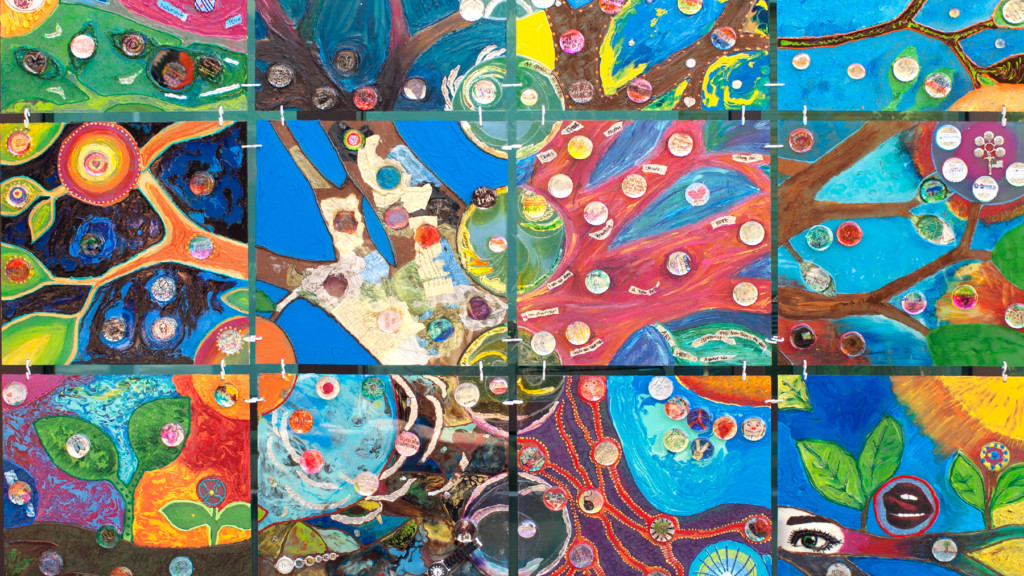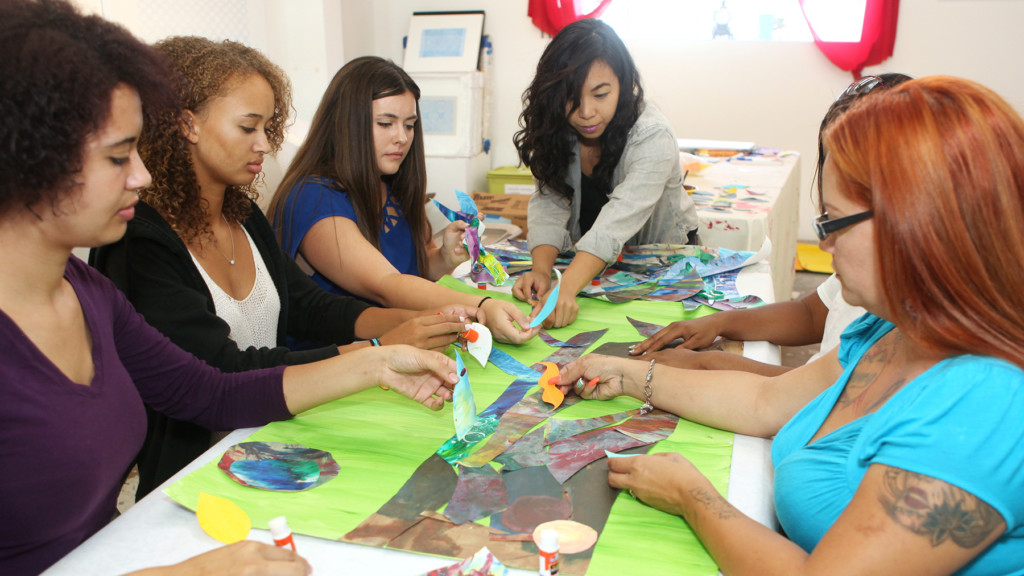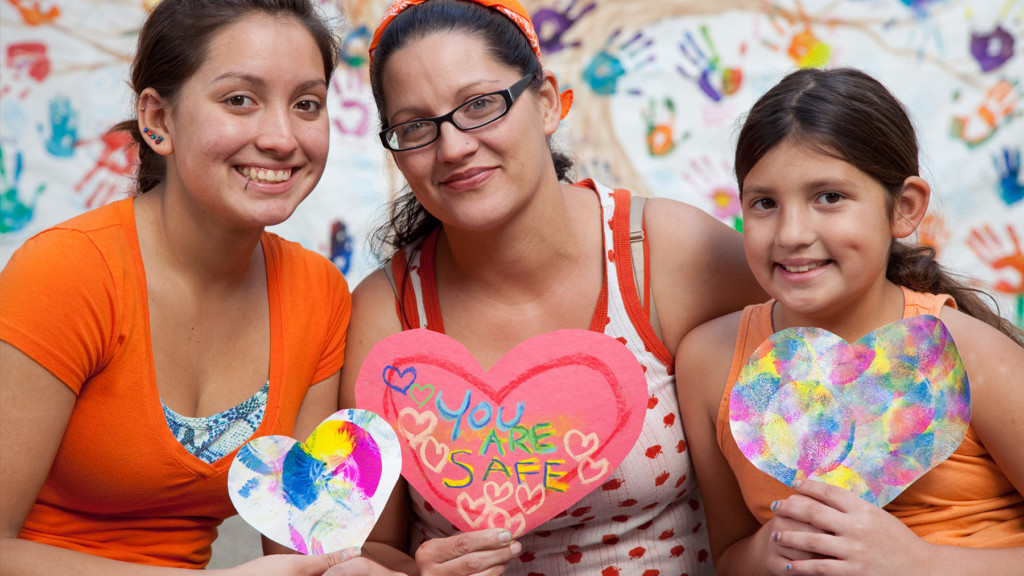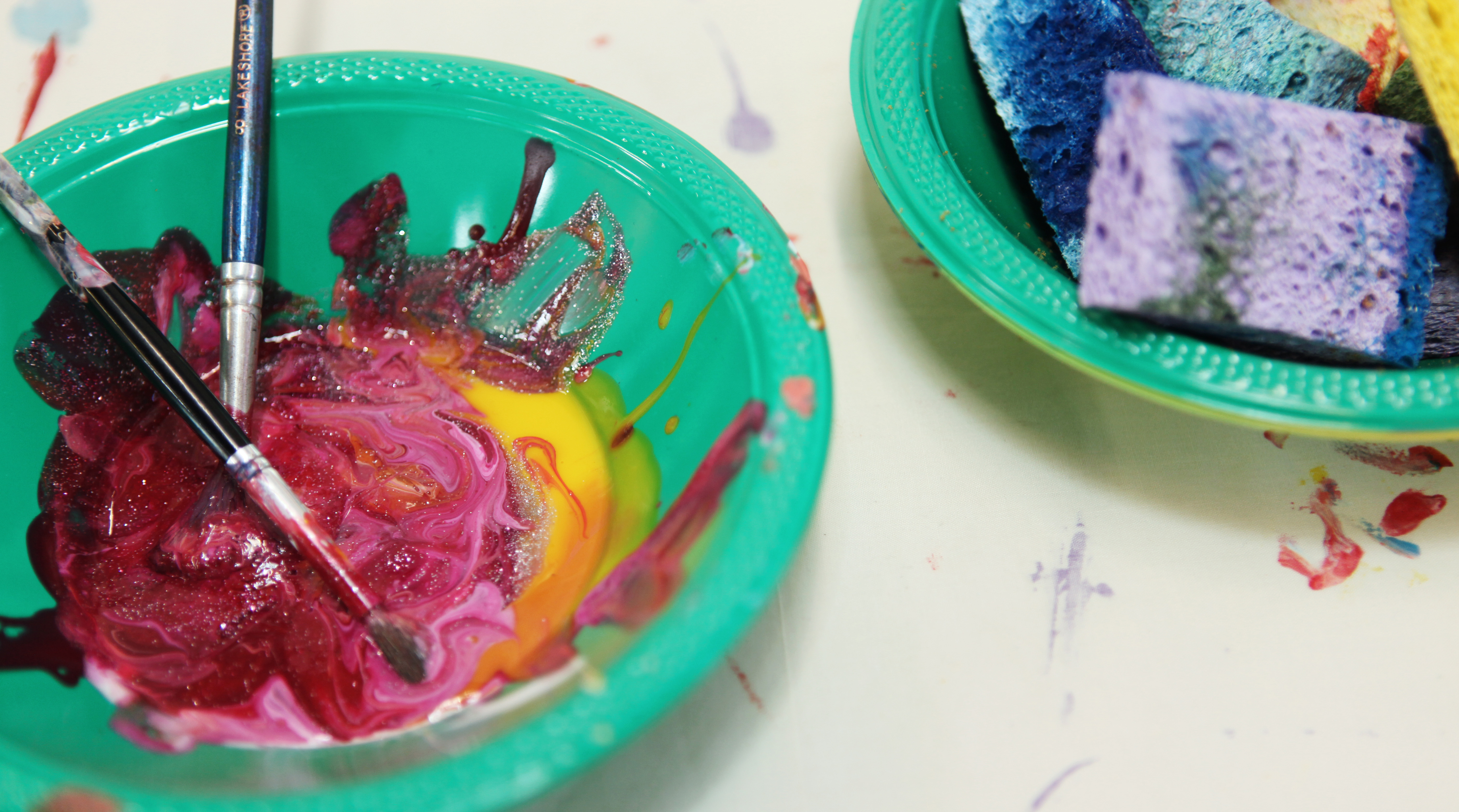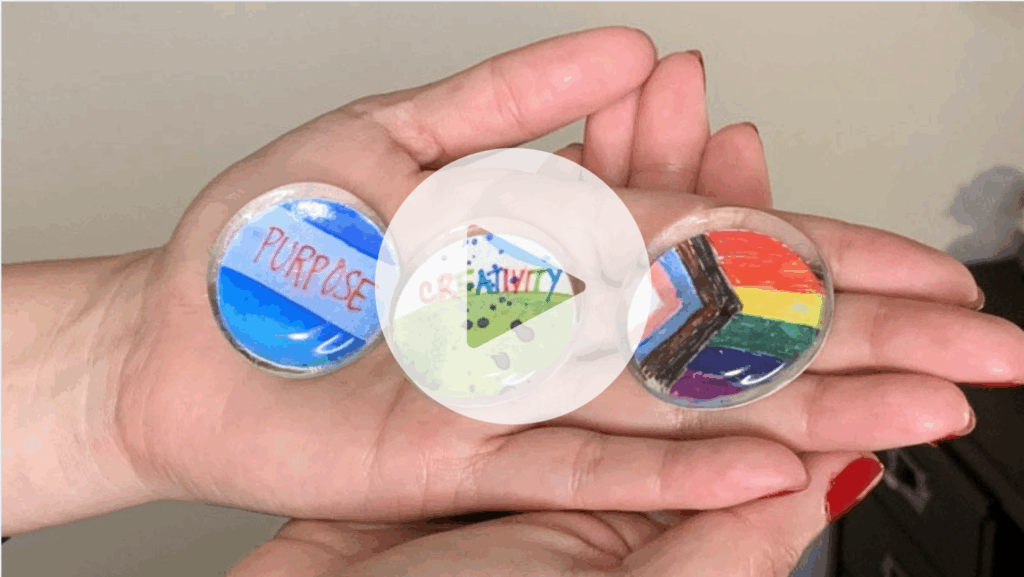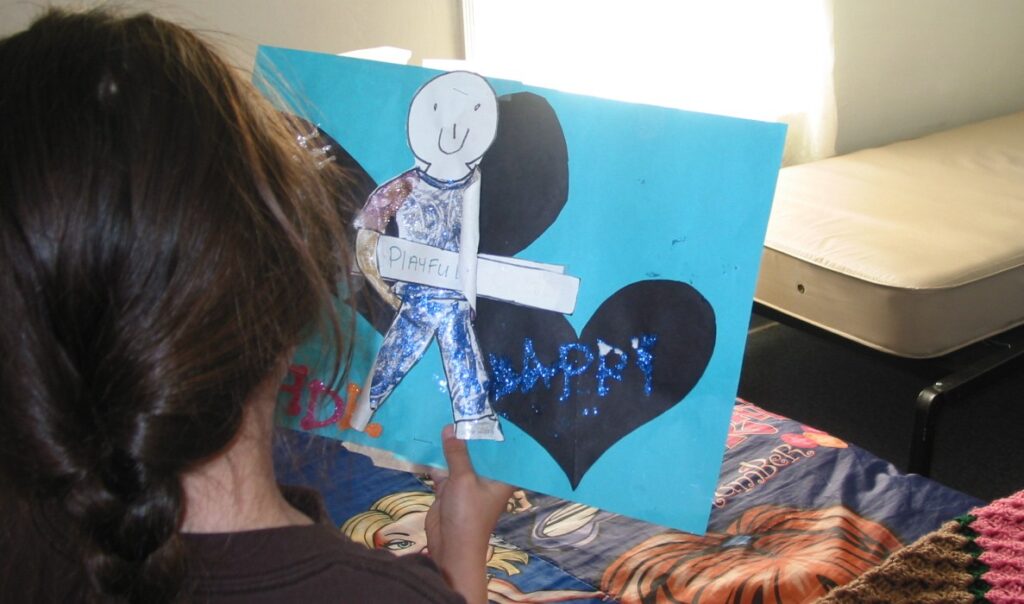I work at a domestic violence shelter that provides safety and support for victims fleeing abusive intimate partner relationships. Currently, we are housing three families with children ranging in age from 1 to 8 years old. Every year, we participate in the Shelter’s Right Hand Walk to raise critical funds for our shelter and continue offering support to families escaping abuse. At the park, we proudly display the Clothesline Project, a powerful visual representation of survivors’ stories through decorated T-shirts, honoring their strength and resilience.
To involve the families in this project, I organized an art activity as part of our children’s program. I set up tables with markers, paints, paintbrushes, and blank T-shirts, designating a space for each family to create their own designs. We invited all families to participate, hoping it would be a healing, expressive, and meaningful bonding opportunity for both the children and their parents.
Unfortunately, due to ongoing conflicts and interpersonal tension among some of the mothers, all three families declined to take part in the activity. Despite efforts from staff to accommodate the situation—such as offering flexible time slots for families to participate separately—they still chose not to be involved.
Out of respect for their boundaries and to avoid escalating tensions, we decided to postpone the activity. Instead, we used artwork from previous clients to represent the Clothesline Project at the event. While it was disappointing not to include the current residents, we prioritized honoring their emotional safety and choices. Looking back, I realize this may not have been the best time to run the project, given the tension between families. Next time, I’ll make it a point to check in with everyone ahead of time to see how they’re feeling and whether they’re open to participating.
I didn’t expect that their relationships with one another would affect something like an art activity, but now I see that it’s a completely valid reason. Everyone’s in a different place in their healing, and it’s important to meet them where they are. This experience was also a powerful reminder that safety, both physical and emotional, is foundational. Moments like these offer valuable insight into the importance of checking in with participants about what they need in order to feel safe engaging in the creative process and connecting with others. Taking time to understand and address those needs can help create a more grounded and trusting environment for healing.
I wanted to share this story because sometimes things don’t go as planned, even when you’re trying your best. It’s a reminder that in this kind of work, it’s important to stay flexible and trauma-informed. Everyone is on their own healing journey, and sometimes that means things won’t work out like you expect. The situation with the art activity taught me that I need to check in with people first, understand where they’re at emotionally, and be ready to adjust. It’s all part of learning and growing, and next time I’ll be better at meeting people where they are—even if it means changing my approach.
